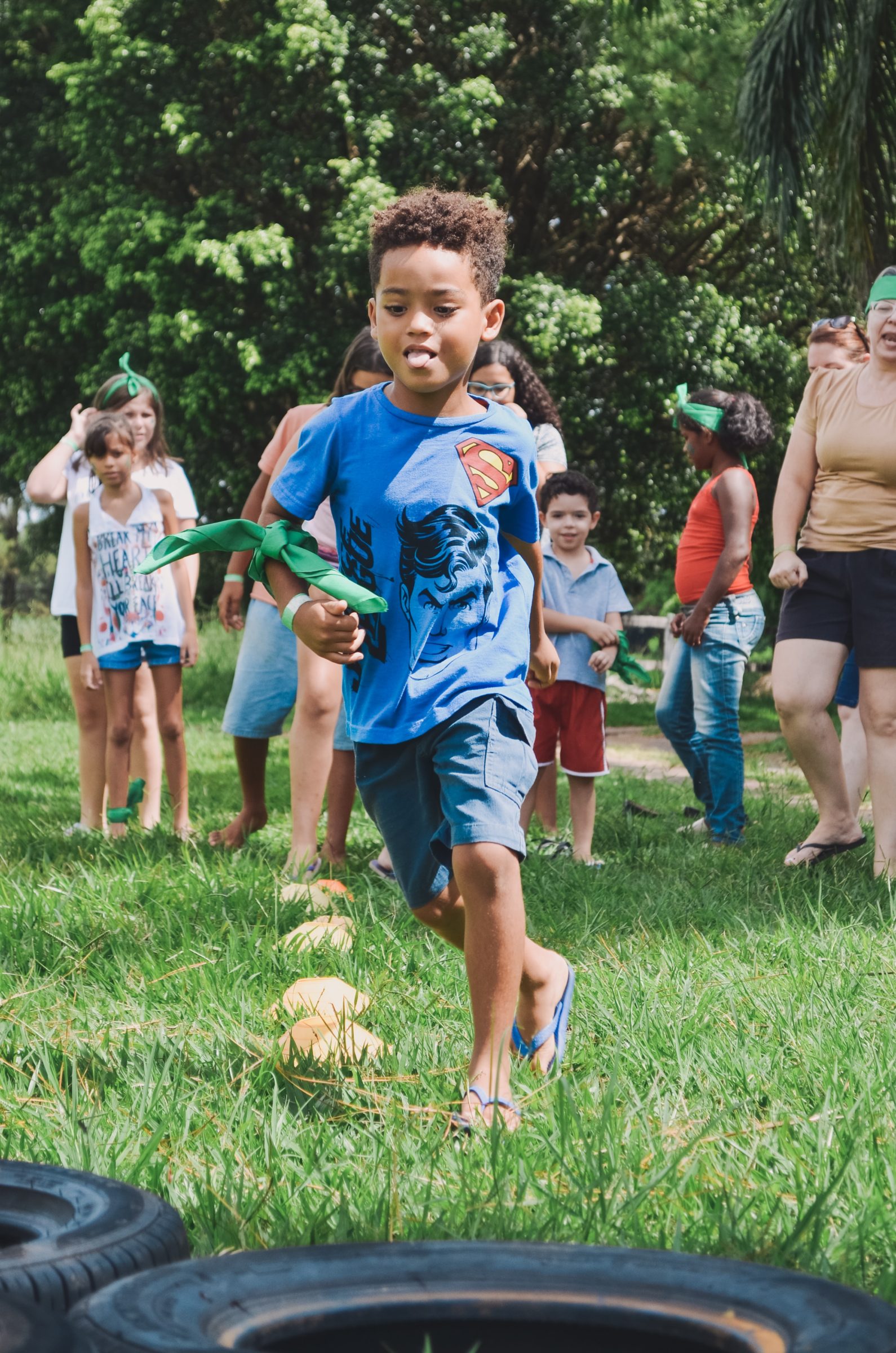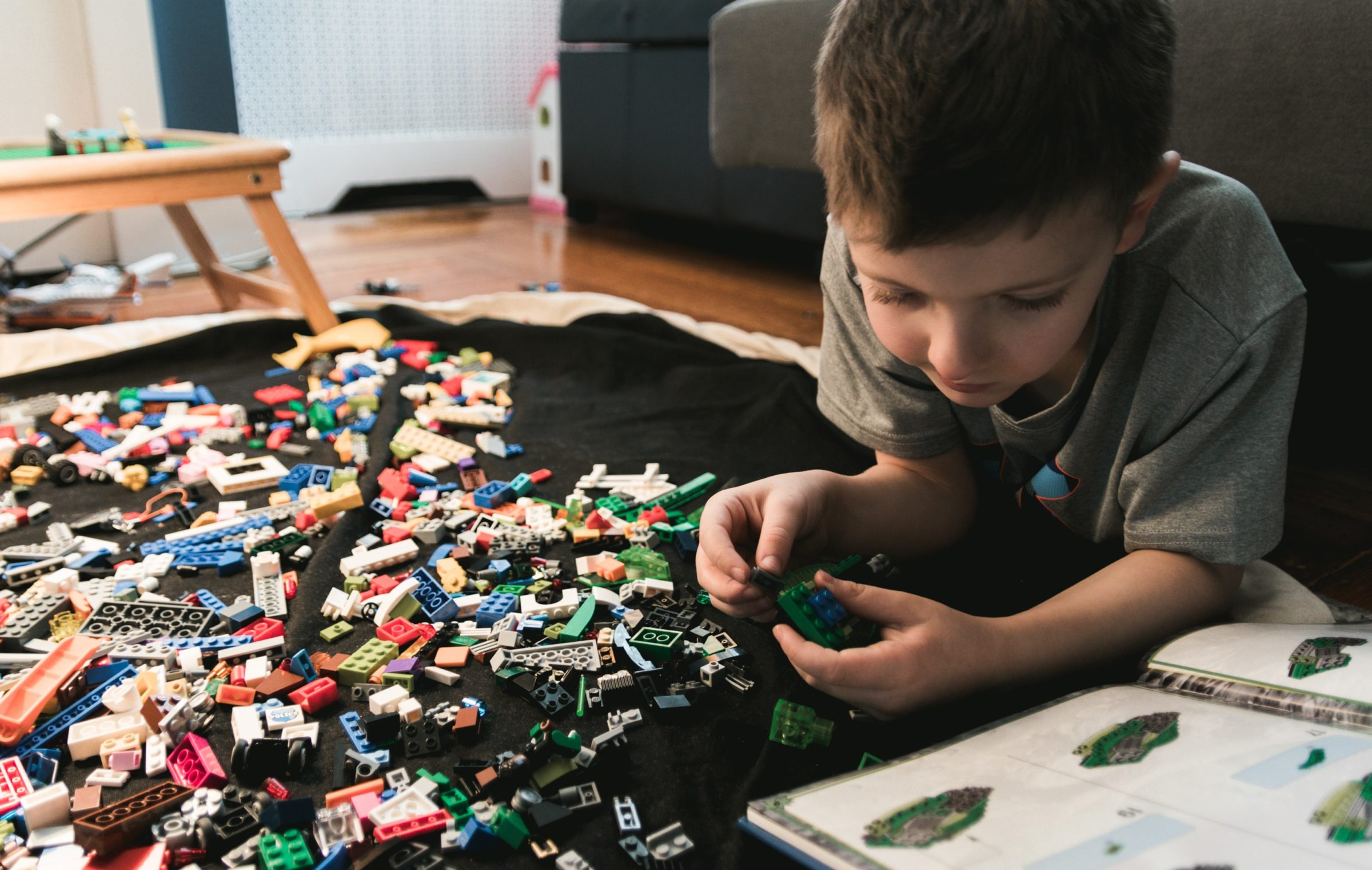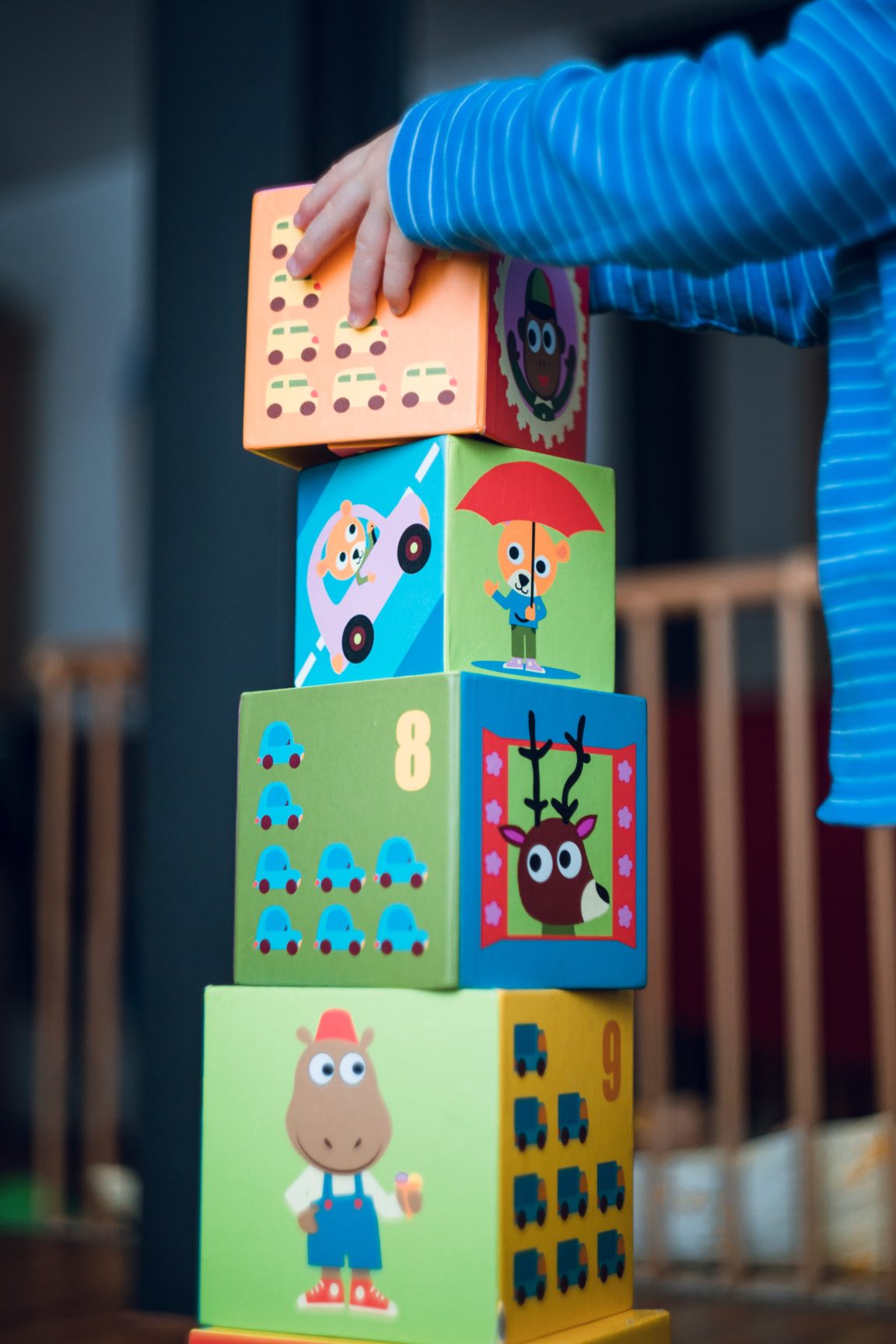Before trying to figure out the occupational therapy (OT) development chart for your child, it would be beneficial to first understand what this therapy aims at.
OT has become increasingly popular. Although it can help people of any age group, for children occupational therapy can aid in improving regain independence and confidence in various areas of life. For children experiencing obstruction in growth due to any form of emotional, social, or physical needs, this therapy can be effectively used to boost their self-esteem and reinstate a sense of accomplishment.

Every child has a unique pace of development and it is perfectly normal for kids to reach developmental milestones at either a slower or faster pace than peers of their same age. Some children may also have little advanced skills in a few areas while they may be lagging in the others.
Slight variations are regarded as normal. It is only when a child’s development rate appears slower than the typical range that some expert advice or therapeutic intervention should be considered.
What’s special about OT for kids?
Well, the earlier you diagnose barriers that hinder your child’s growth, the better. Occupational therapy can enable your child to do simple activities skilfully and gracefully without any external support.
If your kid faces any developmental issues that come in his way of performing day-to-day activities, OT can enable him/her to overcome challenges at school and personal life through specially designed exercises and activities.

The role of occupational therapy chart
Various charts can help track your child’s physical and cognitive development as he/she grows. It is important to remember that there is no one chart applicable to all. Having said that, a standardized structure lays out different milestones that a kid is normally expected to achieve through his/her developmental period.
Among some common conditions that are known to be treatable with occupational therapy are Autism, Down’s Syndrome, Duchene Muscular Dystrophy, Dyspraxia, Sensory Processing Disorder, Spina Bifida, DHD, Cerebral Palsy, Asperger’s Syndrome, and various other learning difficulties.
At unitypoint.org, you can find a reference chart for developmental milestones. Note that every child is unique in their development and growth spurt. Such charts are only to help you identify if there’s any need for a special referral to an occupational therapist.
There are five broad areas of development in which children develop their skills. Understanding this can enable you to comprehend the chart better.
– Cognitive development: This includes the child’s learning and problem-solving ability. Whether it is about a two-year-old trying to explore his immediate environment with his sensory organs or that of five-year-old learning to solve a maths problem, this parameter can gauge their respective development.
– Fine motor skills: This focuses on the kid’s ability to use small muscles to pick tiny objects.
– Gross motor skills: This entails tracking the child’s ability to use large muscles.
– Speech development: This can help you track whether your child can understand and use age-appropriate language.
– Social and emotional development: This determines the child’s ability to interact with others, be it his peers, family members, and others. It also focuses on the ability to exercise self-control.

How can OT help?
Occupational therapy sessions are aimed at developing a score of physical, cognitive, and behavioral skills in kids. Some of these are:
– Improves fine motor skills. This enables kids to develop their ability to grasp and release objects, improve handwriting, and more.
– Refines hand-eye coordination so that children can independently play as well as perform activities that demand this basic skill.
– Strengthens basic life skills such as brushing teeth, bathing, getting dressing, wearing shoes, eating by himself, etc.
– Develops positive behavior and enhances social skills.
While occupational therapy can enhance your kid’s overall quality of life, it shouldn’t be confused with physical therapy. The charts for tracking development under each of these therapies aren’t the same although some parameters might match.
OT focuses more on smaller muscle movements for improving on fine motor skills, boosts visual-perceptual and cognitive skills along with the development of sensory processing. Check this out for more information on sensory issues in children.
For a detailed child development chart, you could consult your pediatrician, an occupational therapist, or a GP. It would be in the best interest of the child to discuss your concerns with his/her pediatrician before seeking specialized intervention.





